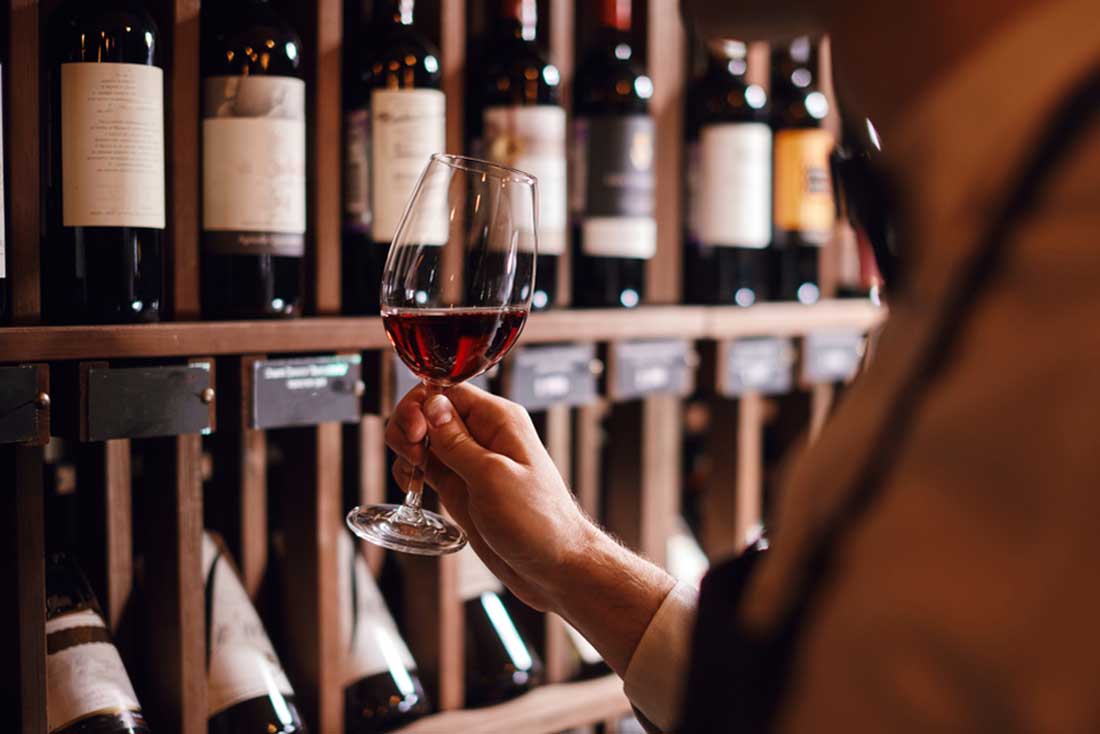
27 Mar Why Does Every Wine Have a Distinctive Flavour?
You’ve probably noticed that all wines smell and taste like many fruits besides grapes. You might have asked yourself – why do some wines have hints of vanilla, taste like cherries, and have a finish like satin? Although this seems contradictory, it is what gives wines their extraordinary flavours.
Several factors, like fermentation to the aging of the wine, play an essential role in influencing the flavours and aromas. You can only start tasting wines like a professional when you have a complete understanding of the distinctive flavour of every wine and how to identify these different flavours and what causes them.
Factors That Affect Wine Flavours
Several factors influence the wine’s final flavour, this includes stereoisomers. Even if chemistry isn’t your thing, stereoisomers are simply different arrangements of the same chemical compounds. For instance, two of the most common scents associated with California Chardonnay are butter and apple.
You’ve likely heard of buttery Chardonnays. You might have asked yourself whether the winemaker has added apples or butter to the mix. However, besides fruit wines like cherry wine or strawberry wine, all conventional wines are entirely made from grapes. One might wonder where these different flavours, scents, and outlandish descriptions come from. Let’s take a look at these factors:
- Fermentation – During the fermentation process, the yeast acts on the sugars present in the grapes and converts it into alcohol. Simultaneously, several complex chemical compounds are formed. These compounds eventually take on identical molecular arrangements to scents the human nose is accustomed to, and which the brain can categorise (like apples, cherry, or butter).
You can better identify the oak components in wine by carrying out a simple tasting exercise. Firstly, select a bottle of oaked wine and another that’s unoaked of the exact same style (consider Chardonnay).
Pour each of them into a small glass and swirl them. First, take in their individual aromas followed by small sips. Use water to wash your palate between each sip. Once you’ve finished testing both wines, you should be able to identify the impact that oak has on wine.
- Climate – It is common knowledge that climate has a significant impact on vintage wines. However, not many know that it also plays an integral part in developing individual grape clusters and their natural flavour profiles. The style of the wine depends on the terrier. For example, Cabernet Sauvignon that’s grown in colder regions and one that’s grown in a warm locale differ greatly.
This is mainly because grapes from colder regions have tart, tight flavours similar to cherries and currants. On the other hand, grapes grown in warm climates are much juicier, similar to strawberries, blackberries, plums, and raspberries. Exposure to the sun’s rays results in varying ripeness levels.
Flavour and Scent Are Correlated
You should also bear in mind that our taste buds actually taste only four sensations – salty, sweet, bitter, and sour. However, our nose can distinguish hundreds of nuances in the flavours of foods. This makes it necessary for you to swirl wine in the glass and take in a deep whiff before sipping it. To ensure that you get the most that the wine has to offer, you must hold it in your mouth for a couple of seconds. This way, the wine hits all your taste buds.
Common Flavours That Show Up In White Wine
We commonly associate white wines with lighter-fleshed fruits. Few of the most common flavours that show up in white wines include apricot, citrus, mango, peach, pineapple, butter, apple, banana, kiwi, melon, pear, and tropical floral.
Common Flavours That Show Up In Red Wines
For red wine profiles, you will switch to darker fruits. Few of the most common flavours and scents in red wine varietals include cherry, fig, raspberry, floral tones and spices, blueberry, cranberry, raisin, strawberry, plum, and blackberry. The dry mouthfeel that’s associated with reds is a result of more tannins in the beverage.
Regardless of the wines you prefer, storing them in a custom designed wine cellar is the best way to keep their flavours and composition intact. Designing and building a wine cellar calls for the kind of expertise and skills that we bring to the table.
To find out about how Signature Cellars can help you design and build a wine storage solution that can help protect your investment and add value to your home, call us on 1300 570 636 or email info@signaturecellars.com.au, and we will respond within the shortest possible time to discuss the details of your custom wine cellar project.
Thanks for reading,
Neil Smallman
Signature Cellars
1300 570 636




No Comments